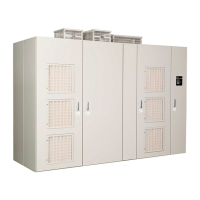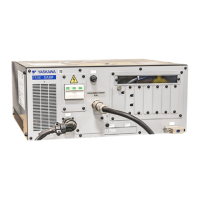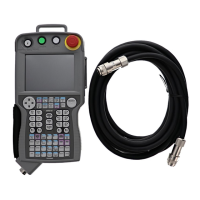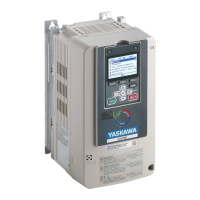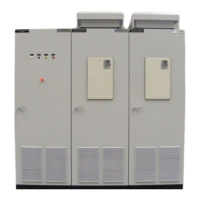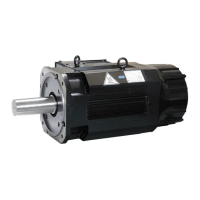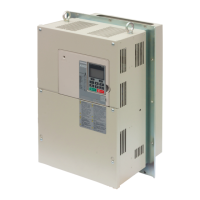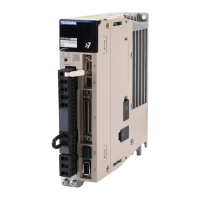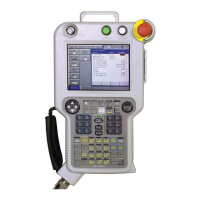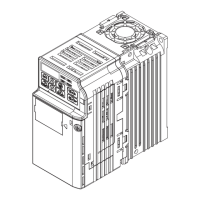5.2 Motor Performance Fine-Tuning
112 YASKAWA ELECTRIC EZZ010928 FSDrive-MV1000 Instructions
◆ Parameters to Minimize Motor Hunting and Oscillation
In addition to the parameters discussed on page Table 5.4 through Tab le 5.5, the following parameters indirectly affect
motor hunting and oscillation.
Table 5.4 Parameters that Affect Control Performance in Applications
• Trouble maintaining the
ASR proportional gain or
the integral time at the low
or high end of the speed
range
ASR Gain Switching
Frequency (C5-07)
<1>
Have the drive switch between two different ASR
proportional gain and integral time settings based on the
output frequency.
0.0 Hz
0.0 to max
output
frequency
• Motor hunting and
oscillation
ASR Primary Delay Time
Constant (C5-06)
<1>
• If motor torque and speed response are too slow,
gradually decrease the setting by 0.01.
• If the load is less rigid and subject to oscillation,
increase this setting.
0.004 s
0.004 to
0.020 s
<1> For more information about Speed Control (ASR), refer to the description of the Speed Control (C5-) parameters in the separate
FSDrive-MV1000 Parameter Guide (EZZ010930).
Parameter No. Application
Dwell Function
(b6-01 through b6-04)
Prevents motor speed loss by maintaining the output frequency when working with heavy loads or when
there is powerful backlash on the machine side.
Droop function
(b7-01, b7-02)
Set to moderate motor torque, and to balance the load level between two motors.
(Enabled when Control Mode A1-02 = 3)
Accel/Decel Time
(C1-01 through C1-11)
Adjusting accel and decel times will affect the torque presented to the motor during acceleration or
deceleration.
S-Curve characteristics
(C2-01 to C2-04)
Prevents shock at the start of acceleration/deceleration and on completion of acceleration/deceleration.
Jump Frequency
(d3-01 through d3-04)
Skips over the resonant frequencies of connected machinery.
Analog input filter time
constant
(H3-13)
Prevents fluctuation in analog input signals due to noise.
Stall Prevention
(L3-01 through L3-06, L3-11)
• Prevents motor speed loss and overvoltage. Used when the load is too heavy and also during sudden
acceleration/deceleration.
• Adjustment is not normally required because Stall Prevention is enabled as a default.
Torque Limits
(L7-01 through L7-04, L3-06,
L3-07)
• Set the maximum torque for Open Loop Vector Control.
• Ensure that the drive capacity is greater than the motor capacity when increasing this setting. Be careful
when reducing this value because motor speed loss may occur with heavy loads.
Feed Forward Control
(n5-01 to n5-03)
Used to increase response for acceleration/deceleration or to reduce overshooting when there is low
machine rigidity and the gain of the speed controller (ASR) cannot be increased. The inertia ratio
between the load and motor and the acceleration time of the motor running alone must be set. (Enabled
when Control Mode A1-02 = 3)
Problem Parameter No. Corrective Action Default
Suggested
Setting
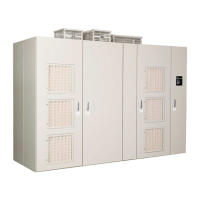
